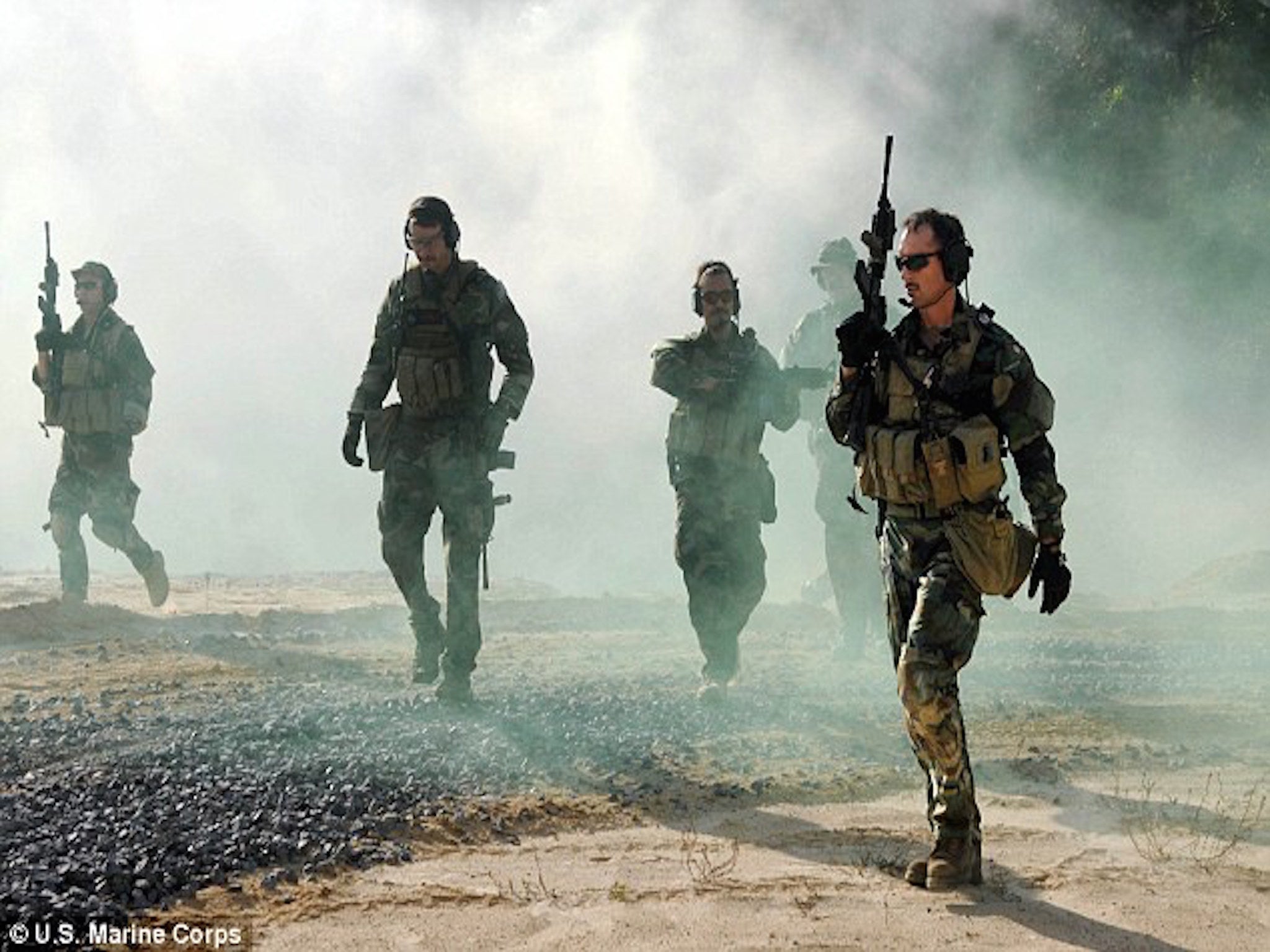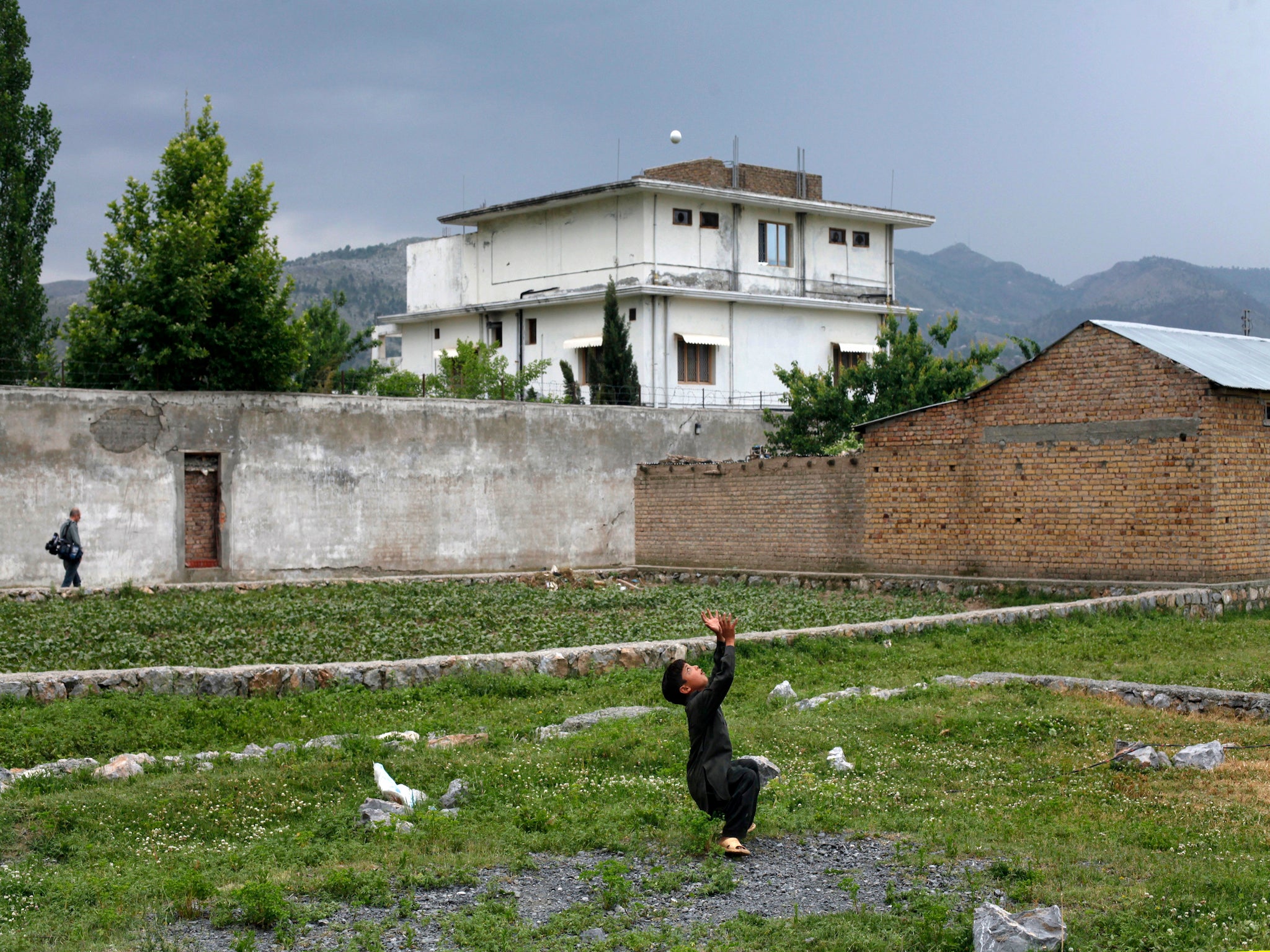Navy SEAL Team Six: Unit that killed Osama bin Laden has become 'global manhunting machine with limited oversight', says report
Concerns have been raised about number of civilians killed by unit

Your support helps us to tell the story
From reproductive rights to climate change to Big Tech, The Independent is on the ground when the story is developing. Whether it's investigating the financials of Elon Musk's pro-Trump PAC or producing our latest documentary, 'The A Word', which shines a light on the American women fighting for reproductive rights, we know how important it is to parse out the facts from the messaging.
At such a critical moment in US history, we need reporters on the ground. Your donation allows us to keep sending journalists to speak to both sides of the story.
The Independent is trusted by Americans across the entire political spectrum. And unlike many other quality news outlets, we choose not to lock Americans out of our reporting and analysis with paywalls. We believe quality journalism should be available to everyone, paid for by those who can afford it.
Your support makes all the difference.SEAL Team Six the classified US special operations unit best known for killing Osama bin Laden, has grown into a “global manhunting machine”, that often kills civilians and operates with only partial oversight, according to a major new report.
The account by the New York Times said the Navy special forces unit, that officially operates under the cover name Naval Special Warfare Development Group, has grown to more than 300 “operators” and 1,500 back-up personnel.
The use of the special unit expanded following the US and UK invasion of Afghanistan in late 2001 and the subsequent decade of tough, relentless operation against Taliban fighters. More members of the unit have died over the past 14 years than in all its previous history, the report said.

Between 2006 and 2008, Team Six operators said here were intense periods in which for weeks at a time their unit logged 10 to 15 kills on many nights, and sometimes up to 25.
The accelerated pace caused “guys to become fierce,” said a former officer. “These killing fests had become routine.”
The newspaper said there had been e numerous instances in which SEAL Team Six members have been accused of killing civilians during raids, spawning investigations by Joint Special Operations Command, or JSOC. A number of former members of the unit said they were aware of civilian deaths that the team had caused.
“Do I think bad things went on?” one former officer told the newspaper. “Do I think there was more killing than should have been done? Sure.”
The unit, probably the US’s most mythologised and most secretive military outfits, is also one of the least scrutinised, even as its operations have grown and its coastal headquarters in Virginia has been developed.
Even the military’s civilian overseers do not regularly examine the unit’s operations, the newspaper said.
“This is an area where Congress notoriously doesn’t want to know too much,” said Harold Koh, the State Department’s former top legal adviser, who provided guidance to the Obama administration on clandestine war.
The report – said to have been long anticipated by the Pentagon - also reveals the involvement of the Naval special forces in the CIA’s so-called Omega Programme.
This operation saw the commandos hunt down Taliban fighters with fewer restrictions than other military units, sometimes in “deniable operations” in Pakistan. The operation had parallels with the Phoenix Program,e, a Vietnam-era effort in which Special Operations troops performed interrogations and assassinations, the newspaper reported.
One example of a operation that reportedly led to the death of many civilians was a 2008 operation in Afghanistan’s Helmand province in which a Taliban official identified as Objective Pantera was to be killed.
Numerous allegations were made that civilians in the village involved were killed, prompting a SEAL Team Six commander to ask for a JSOC investigation, the newspaper said.
The inquiry cleared the SEALs involved of any wrongdoing in the Pantera operation, but SEALs were sometimes sent home from deployments when concerns about questionable killings were raised, the article added.
Join our commenting forum
Join thought-provoking conversations, follow other Independent readers and see their replies
Comments